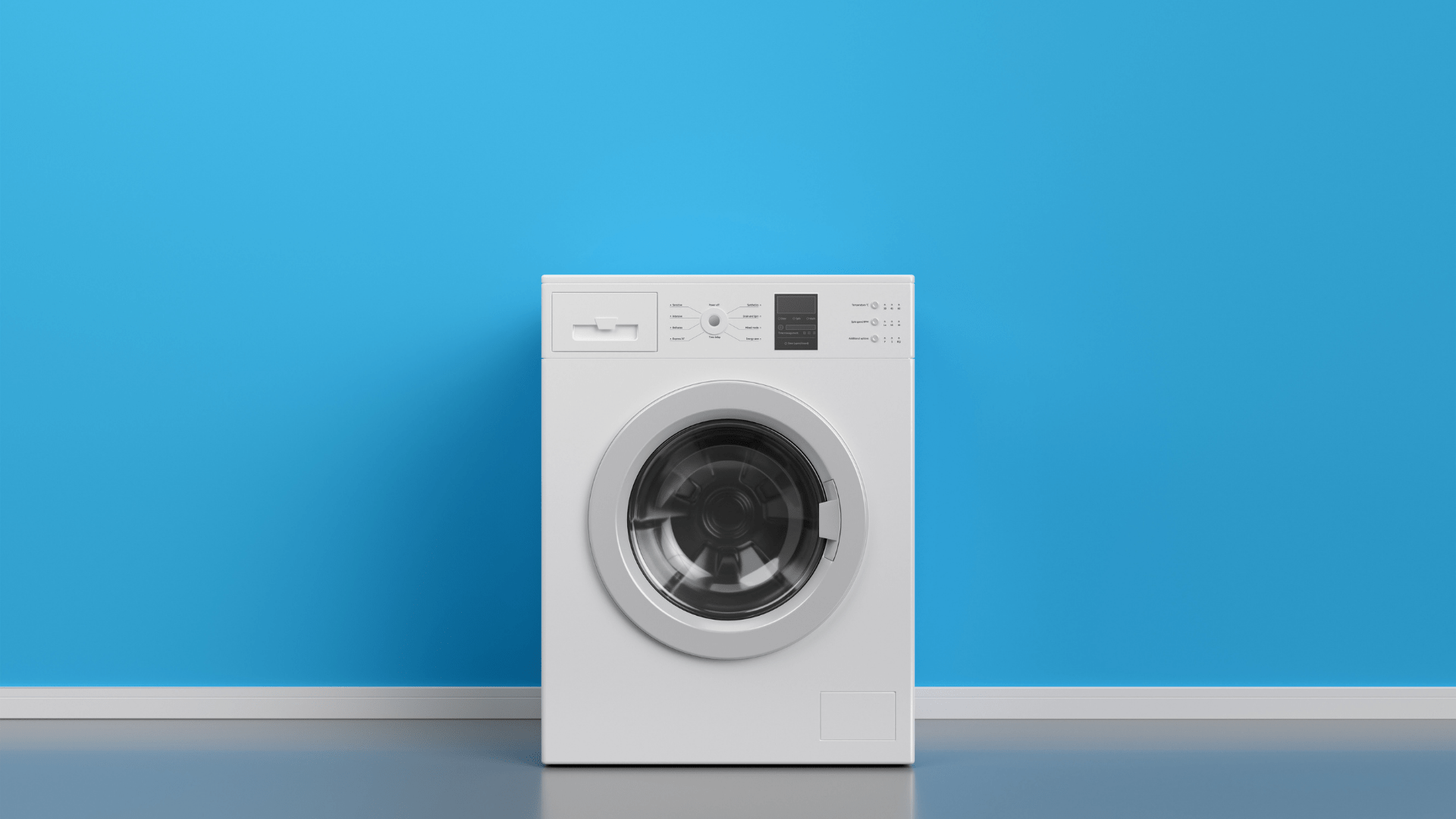
To prewash or not to prewash, that is the question. Prewashing is a very hotly debated topic and many people have strong opinions either way. We decided to put together this blog to help you decide what is the right option for you.
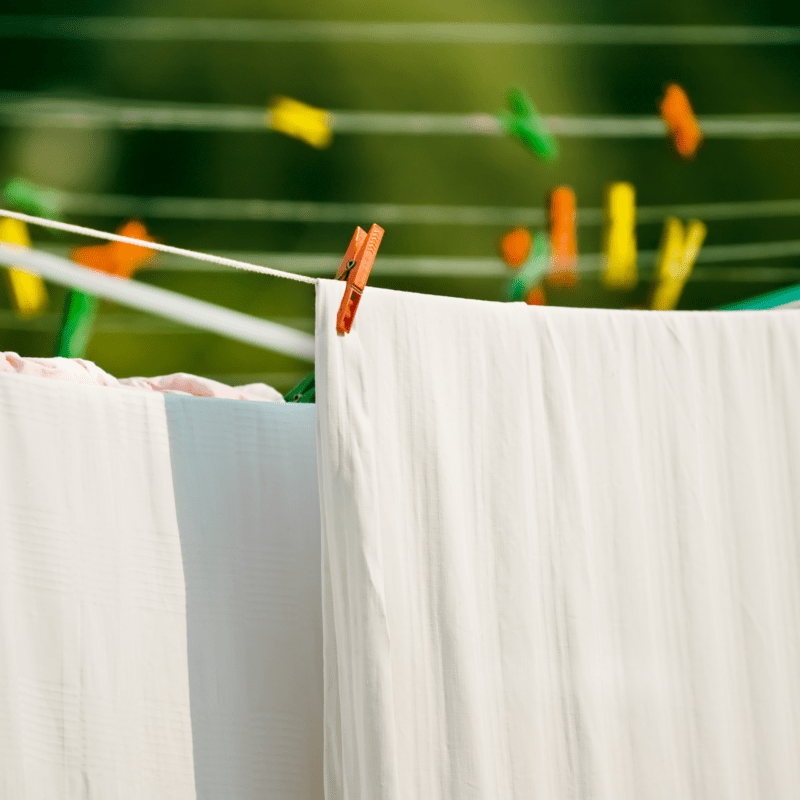
Prewashing fabric is important because during the manufacturing process the fibres are handled by a variety of people and subject to a variety of different environments. This can leave them dirty, dusty and with residues of chemicals on them. For optimum hygiene when sewing, prewashing is a wise choice. Babies in particular have sensitive skin which may react to irritants.
Another benefit to prewashing is to avoid shrinkage. The amount of shrinkage a fabric will experience is different for each fabric. It could be anything up to 10% although this is rare. There is nothing worse than putting all your time and effort into a garment only to have it twist and warp after washing due to uneven shrinkage.
Clothing makers tend not to prewash because they may be cautious of laundry detergent allergies and may feel the items aren’t classed as new when washed. However they may test wash a section of the fabric to see how it behaves.
Deciding when to prewash is ultimately personal preference and a lot of it comes down to your sewing set up.
If you have a catalogued and fully organised sewing storage you may like to prewash when the fabric first arrives. This allows you to wash it, iron it, catalogue it and put it away for storage.
This method also allows you to use a fabric immediately when you find the perfect pattern to maximise sewing time.
Others prefer to wash the fabric just before using. This enables them to only wash the required amount for the pattern they’re using and further washes any storage dust from the fabric.
There is no right or wrong answer, it’s finding which method works for you.
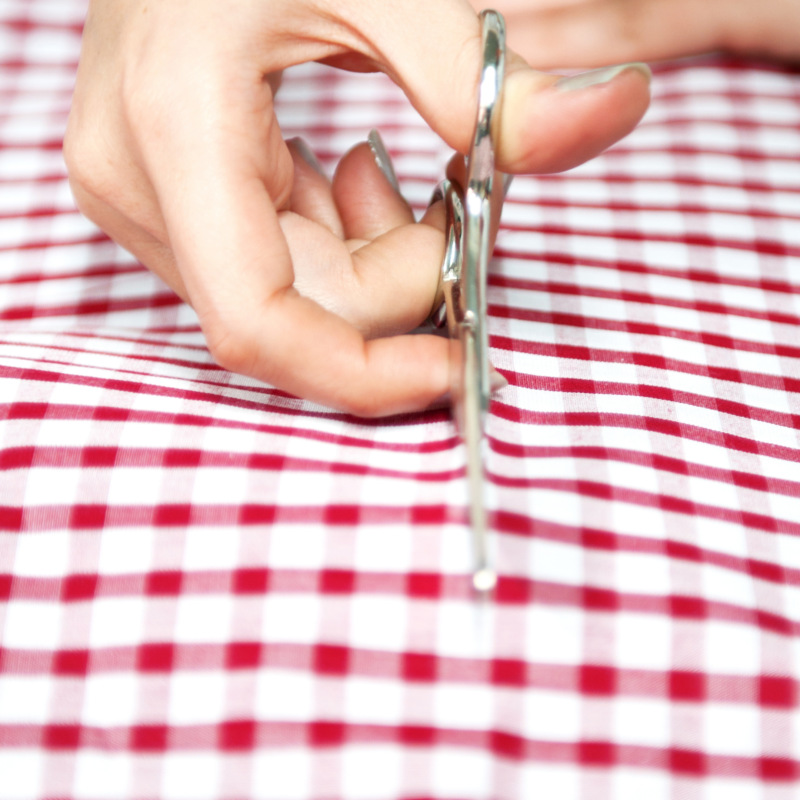
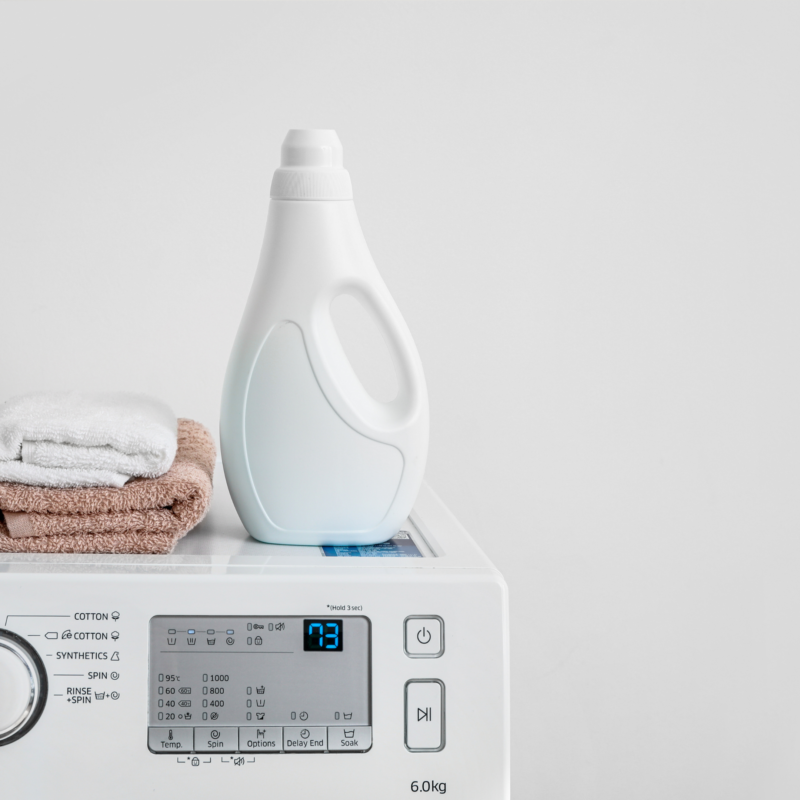
The main tip for prewashing fabrics is to treat the fabric like you would the finished garment. If you plan to tumble dry the garment, ensure you tumble dry the fabric, similarly wash at the temperature you tend to do your regular laundry.
If your fabric sheds or frays particularly badly you may wish to pink or overlock the edges to avoid a thread avalanche in your washing machine.
Wash like for like colours and types of fabrics together and avoid washing regular clothes at the same time. This will prevent other items rubbing up against your fabric snagging the fibres, as well as avoiding colour run.
If you really need to wash it at a higher temperature use a gentle setting.
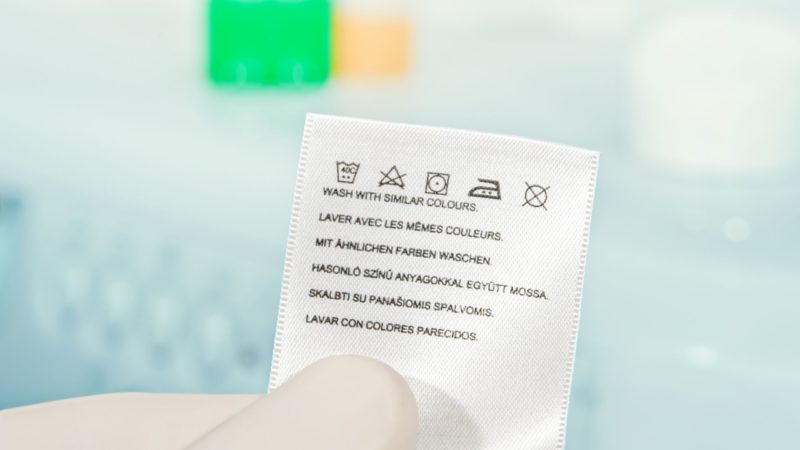
Even if you decide not to prewash on a regular basis with every fabric, there are some special cases where prewashing is extra beneficial.
If you plan to use any iron on adhesive such as interfacing, bondaweb or adhesive velcro then prewashing helps with the sticking process. When you do this make sure you don’t use fabric softener as this can affect the bonding process.
If you plan to dye your fabrics it is worth prewashing as the dye takes better to washed fabric.
It’s absolutely fine to take each fabric and project on a case by case basis. Some fabrics and items you may feel don’t need prewashing, whereas some you may like to take extra special care and attention.
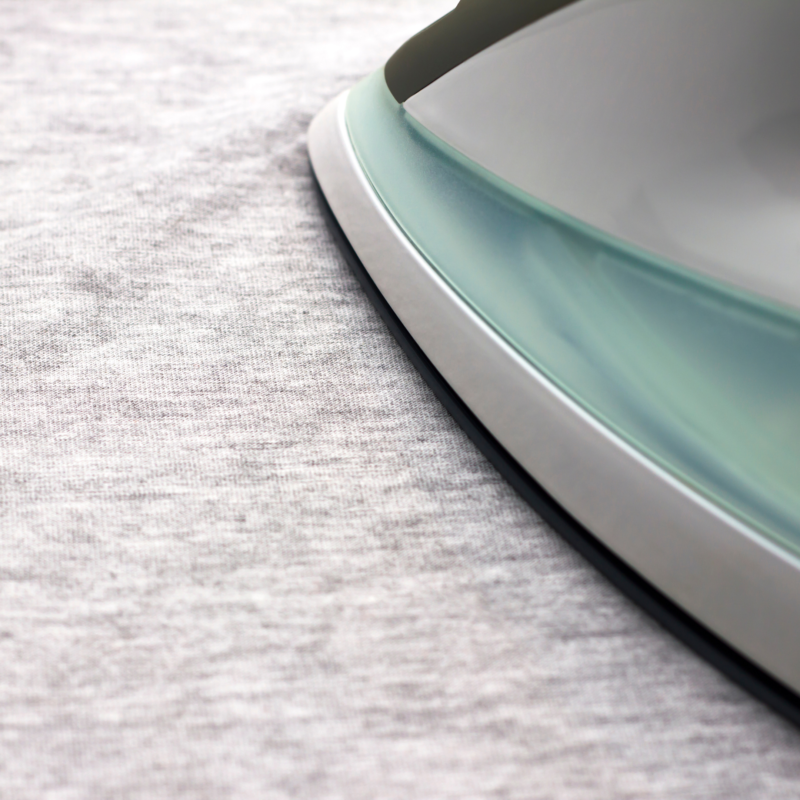
We hope this blog has proven useful in helping you decide whether to prewash your fabrics or not.
Happy Sewing